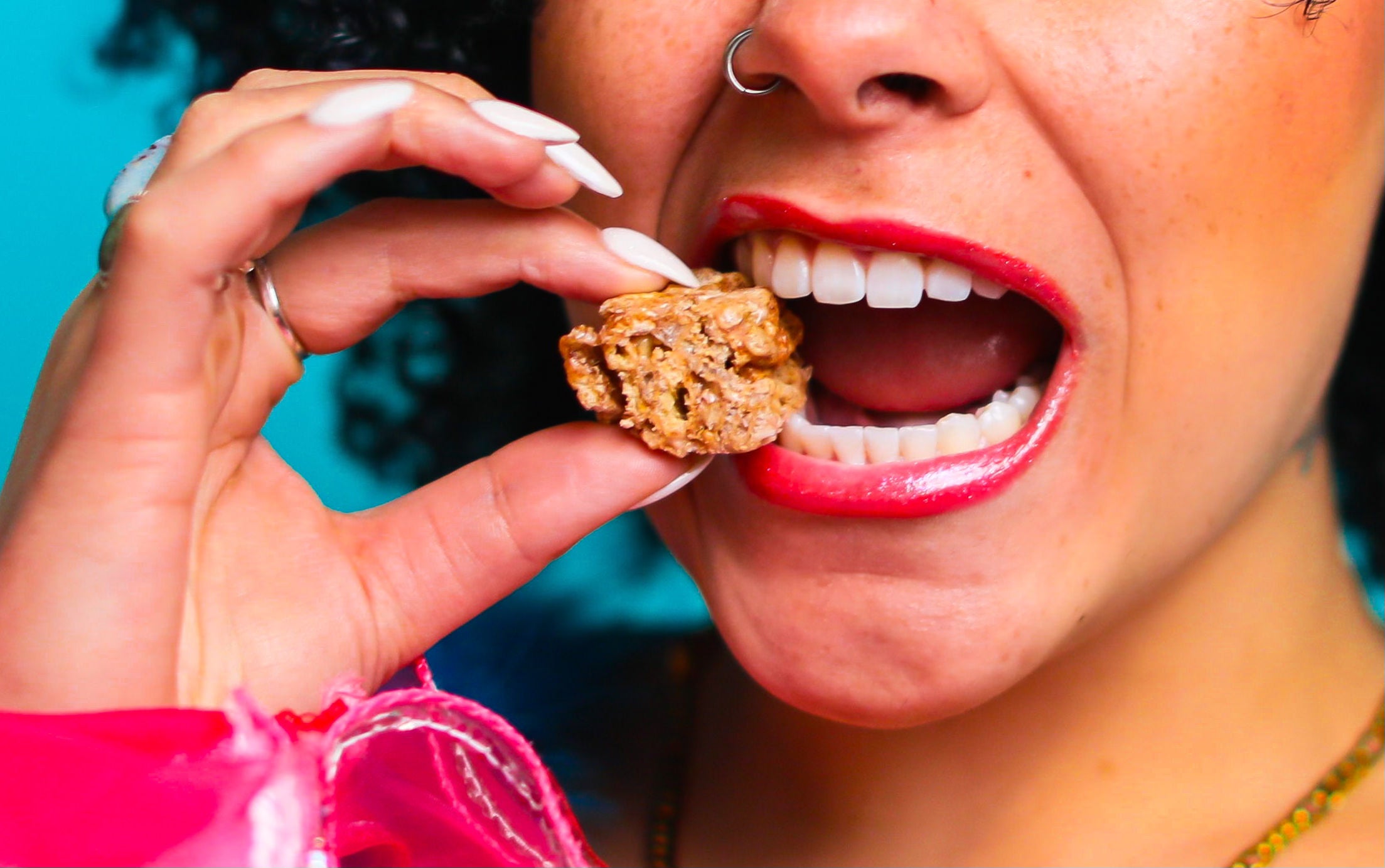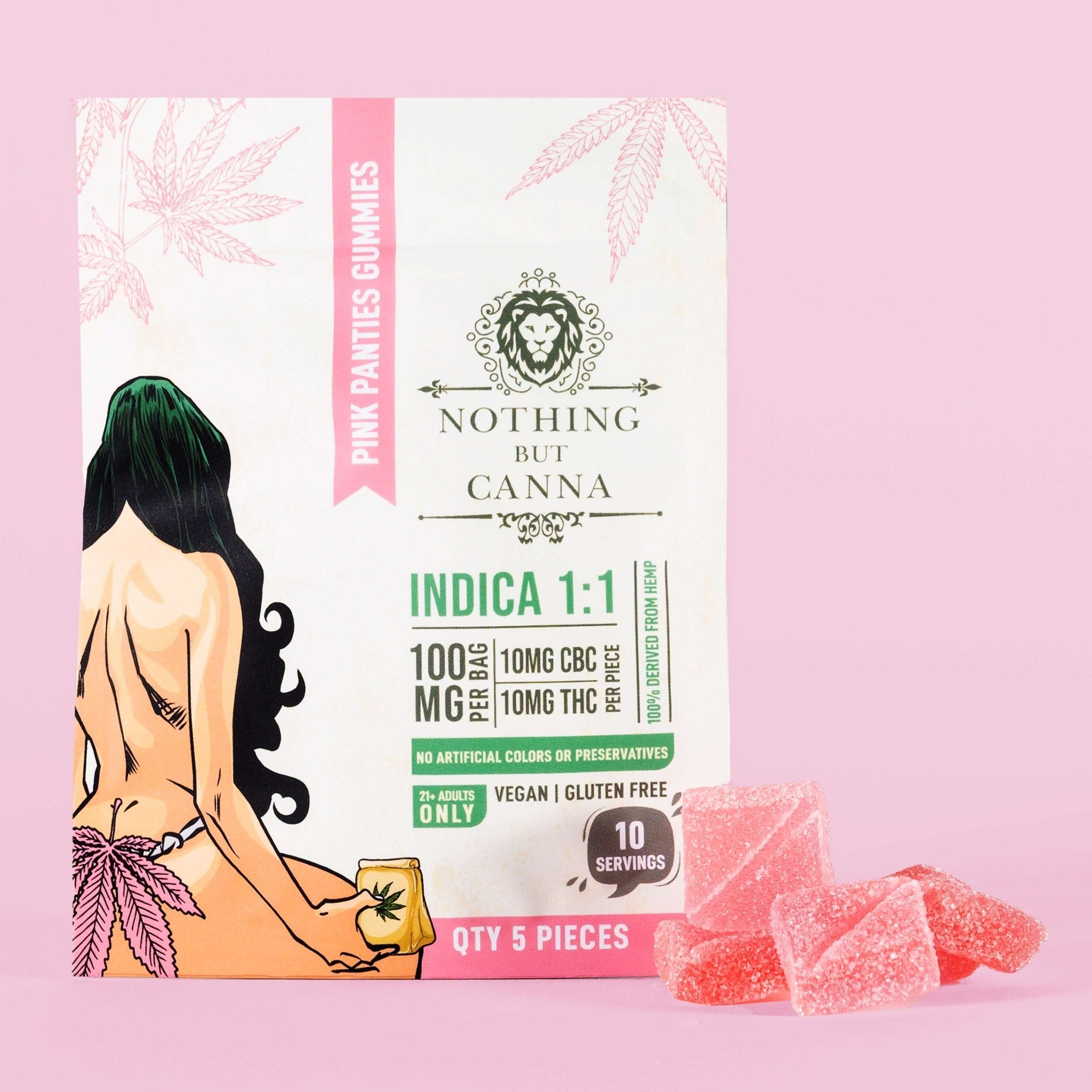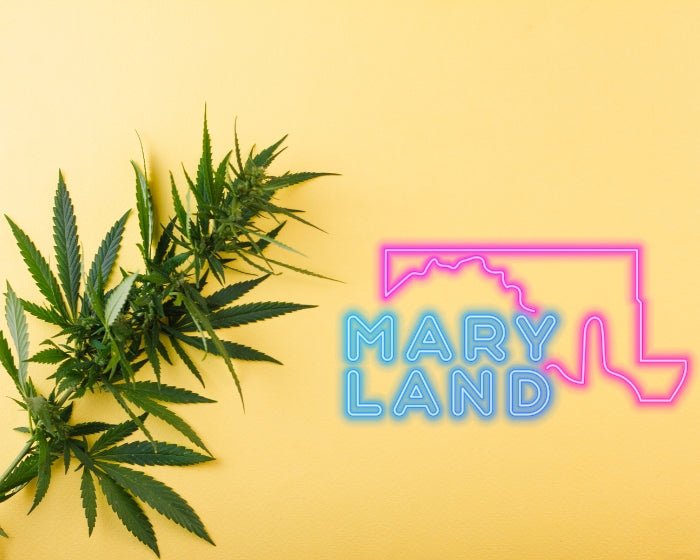While the variations between the two companion measures are significant, the real problems with both pieces of legislation persist.

The long and contentious struggle surrounding the battle over whether or not Minnesota will become the 23rd state to legalize adult-use marijuana is entering its final stages. Last week both chambers of the State House passed their respective versions of a bill that would legalize recreational cannabis in the state.
Now, representatives from the House and Senate have convened a bicameral conference committee to iron out the major differences between their respective legalization measures. Unfortunately, however, in doing so, lawmakers appear to be neglecting the most harmful and damaging tenets contained in HF 100 and SF 73.
According to multiple national and local media outlets, both bills' fundamental aspects are the same. For example, under the proposed versions, all individuals 21 and older can purchase marijuana products from licensed dispensaries, cultivate their own cannabis plants and retain a specific amount for personal use. Likewise, each measure contains criminal expungement provisions for low-level marijuana offenses.
However, there are critical differences between the companion bills. Below are the main areas of variation committee members must reconcile before the proposed measure goes before the House and Senate for a final vote. If that version is approved, the bill will go to Governor Tim Walz (DFL), who has promised to sign the legislation into law.
1. Possession Amount
The Senate bill allows adults to possess five pounds of marijuana produced via home cultivation and an additional two pounds bought from a licensed dispensary or acquired elsewhere, for a total limit of seven pounds. Under the House version, individuals can only possess 1.5 total pounds of cannabis, no matter the source.
Both measures allow adults to grow a maximum of eight plants at home. It is worth noting that these limits are substantially larger than the ones imposed by other states, which typically enforce flower possession regulations by the ounce rather than the pound.
2. Taxes
The issue of taxation has been a point of much debate during the committee hearing process for both versions. Ultimately, the Senate measure contains a simple ten percent gross receipts tax on marijuana sales. In comparison, the House bill establishes an initial eight percent tax but then allows policymakers to tweak the rate every other year beginning in 2027. Levied taxes are in addition to the standard sales tax for both bills.
The rates proposed in both chambers are relatively low compared to many other states, which impose retail sales tax rates as high as 37 percent. The reason for the lower tax rates is two-fold: First, by keeping taxation levels low, legal companies can compete with the black market, which has become a significant issue in states like California.
Secondly, while some states use tax proceeds from the cannabis industry to fund education and other programs, lawmakers in Minnesota are adamant that tax revenue from cannabis sales is only for paying for the industry's regulation.
3. Civil Penalties
The two chambers also differ sharply on civil penalties for illegally selling cannabis. While the Senate bill only imposes a $1,000 fine for anyone caught selling between two and eight ounces of marijuana without a license, the House's fine is $10,000. In both cases, civil fines are in addition to any criminal penalties, which are identical in both versions.
4. Social Equity
Including social equity provisions in cannabis legalization initiatives has become a hot-button imperative for lawmakers drafting legislation in states considering legalizing adult-use marijuana. In the case of Minnesota, both measures provide regulators with authority to show a preference for social equity applicants in awarding licenses to cannabis businesses. In addition, the House version goes a step further by allowing individuals convicted of a marijuana offense to receive consideration as social equity applicants.
5. Local Control
While neither bill allows blanket bans against marijuana companies by local municipalities, the Senate version does enable cities to set up zoning requirements for cannabis businesses, impose registration fees, set limits on the number of retailers and include some revenue-sharing provisions.
6. Nuisance Actions
In order to provide citizens with some legal recourse against the potential nuisance of marijuana consumption, certain states include "nuisance provisions" in their legalization statutes. The House version of the Minnesota bill does not contain such a provision.
However, the Senate bill explicitly states that "any use of adult-use cannabis flower which is injurious to health, indecent or offensive to the senses, or an obstruction to the free use of property so as to interfere with the comfortable enjoyment of life or property is a nuisance." It also allows anyone "who is injuriously affected or whose personal enjoyment is lessened by a nuisance" to bring legal action against the offenders.
Most State House insiders and industry advocates foresee no significant stumbling blocks keeping leaders in the House and Senate from reconciling the variations between the two bills. However, there are still potentially catastrophic effects the final bill could have on the Minnesota hemp industry.
While many aspects of Minnesota's approach to legalizing recreational cannabis are socially and economically forward-thinking and progressive, the highly unusual and unprecedented inclusion of hemp in the marijuana reform legislation would establish harsh economic and regulatory rules that could ultimately crush much of the legal hemp market in the state.
To date, of the more than 20 states that have passed marijuana legalization measures, Minnesota is the only state to enmesh hemp with cannabis in its legislative effort. Under both versions of the bill, all THC products would be subject to licensing, regulation and taxation, including hemp-derived items.
The burden this would create on most small hemp business owners is unnecessary and preventable. However, unless members of the bicameral committee address and ultimately remove the detrimental hemp provisions from the legislation, an industry that employs thousands, provides substantial health and wellness benefits to even more and generates significant economic growth for the state could disappear.








































